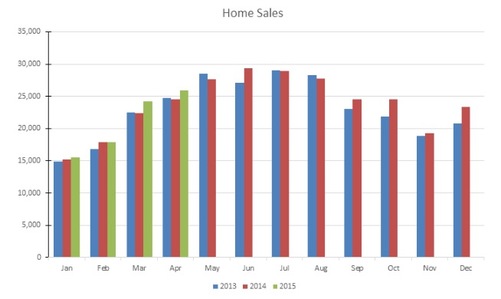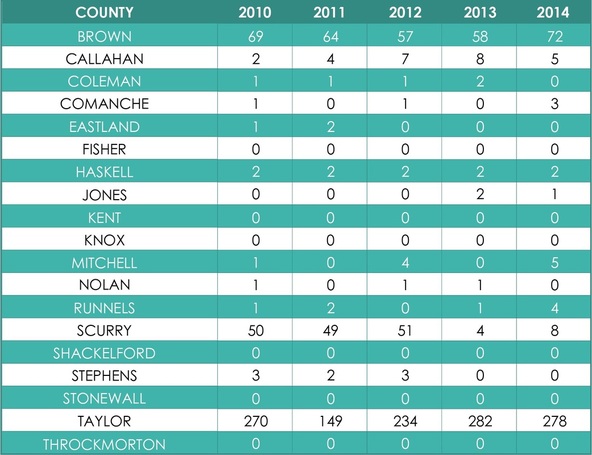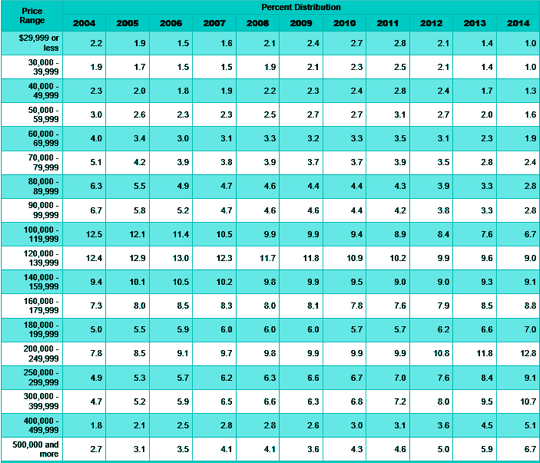The projected increase of 100 million additional Americans by 2050 will reshape the housing market across the nation. Dr. Joel Kotkin, Presidential Fellow, Chapman University states that the massive demand for housing will in-fill once blighted inner cities and create new suburban and exurban towns which resettle America’s heartland. In his book, The Next Hundred Million: America in 2050, “cities of aspiration” – Phoenix, Houston, Dallas, Atlanta and Charlotte, N.C. will assume the upward mobility functions once held by New York City and other great industrial cities.
|
The least anticipated development is predicted to be the resurgence of the American heartland and rural areas where opportunities and a better quality of life abound. Dr. Kotkin states that “in recent surveys, as many as one in three Americans would prefer to live in a rural area – compared to the 20-odd percent that actually do. Most perceive rural areas as more attractive, friendly and safe, particularly for children.” The advent of the internet and evolution of mass technology and communications is predicted to accelerate the movement of technology companies, business services and manufacturers into dynamic, small, rural cities and towns. The rural areas, states Dr. Kotkin, are poised to enjoy a significant resurgence and play a powerful role in shaping the nation’s future.
|
In preparation for projected increases, a thorough assessment of the current housing market must include multiple data tools. According to the Texas A&M Real Estate Center, the single family residential housing activity report for the Abilene Multiple Listing Survey shows that home sales are increasing slightly in 2014 over sales in 2013. However, April 2014 was the first month in which home sales increased over the 2013 level for the same month.
The Texas Housing Affordability Index Summary, provided by the Texas A&M Real Estate Center, reflects the ratio of median family income to the income required to qualify for an 80 percent, fixed-rate mortgage to purchase the median-priced home. The Abilene area, with its lower median family income falls behind the state average in qualifying for this traditional type of mortgage. It is to the region’s advantage to investigate alternative types of financing through federal and other programs to assist first-time home buyers in the region.
In addition, the single family home permits issued across the counties provides a final indicator as to the need for additional single family homes. The peak years for Taylor County in 2013 and 2014 show that the vast majority of permits primarily centered around the city of Abilene. Brown County and the City of Brownwood had the second highest number of permits issued; also during its peak year of 2014.
Finally, housing needs must consider the aging population of the region. Older adults are expected to relocate to the region, attracted by excellent educational and volunteer opportunities, strong quality of life characteristics, low crime rates and the availability of sound medical care. Eastland, Texas proactively has completed all requirements to become the first established Retirement Community in West Central Texas. The Texas Department of Agriculture conducts the GO TEXAN Certified Retirement Community Program and promotes these areas as retirement communities. Each community must complete rigorous screening and a thorough application to demonstrate it meets the living, employment/volunteer, health, entertainment, education and safety needs of citizens and visitors. Since older adults traditionally have the most expendable income, retirement communities offer local cities and towns attractive opportunities to initiate in-migration.
The Texas Housing Affordability Index Summary, provided by the Texas A&M Real Estate Center, reflects the ratio of median family income to the income required to qualify for an 80 percent, fixed-rate mortgage to purchase the median-priced home. The Abilene area, with its lower median family income falls behind the state average in qualifying for this traditional type of mortgage. It is to the region’s advantage to investigate alternative types of financing through federal and other programs to assist first-time home buyers in the region.
In addition, the single family home permits issued across the counties provides a final indicator as to the need for additional single family homes. The peak years for Taylor County in 2013 and 2014 show that the vast majority of permits primarily centered around the city of Abilene. Brown County and the City of Brownwood had the second highest number of permits issued; also during its peak year of 2014.
Finally, housing needs must consider the aging population of the region. Older adults are expected to relocate to the region, attracted by excellent educational and volunteer opportunities, strong quality of life characteristics, low crime rates and the availability of sound medical care. Eastland, Texas proactively has completed all requirements to become the first established Retirement Community in West Central Texas. The Texas Department of Agriculture conducts the GO TEXAN Certified Retirement Community Program and promotes these areas as retirement communities. Each community must complete rigorous screening and a thorough application to demonstrate it meets the living, employment/volunteer, health, entertainment, education and safety needs of citizens and visitors. Since older adults traditionally have the most expendable income, retirement communities offer local cities and towns attractive opportunities to initiate in-migration.


